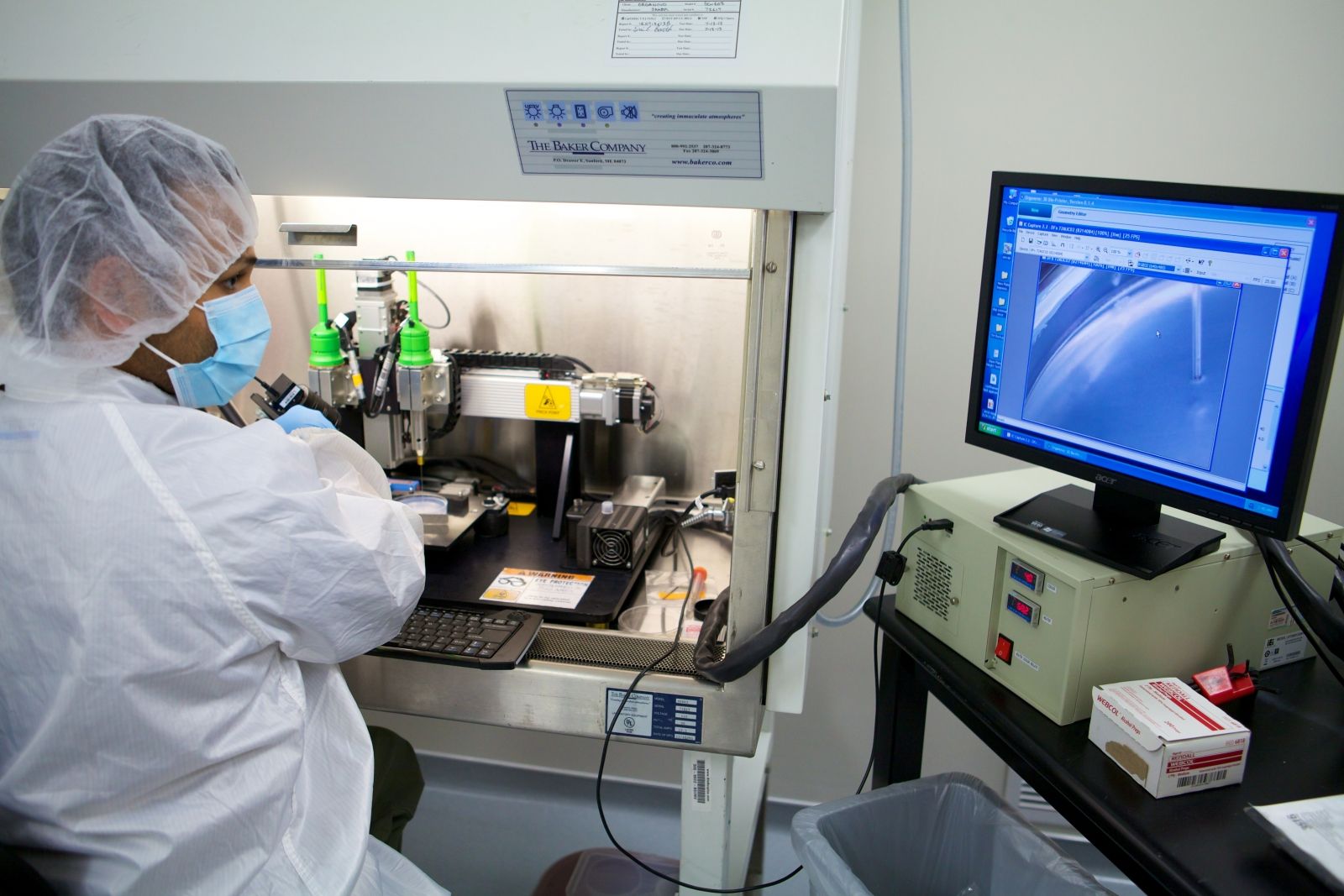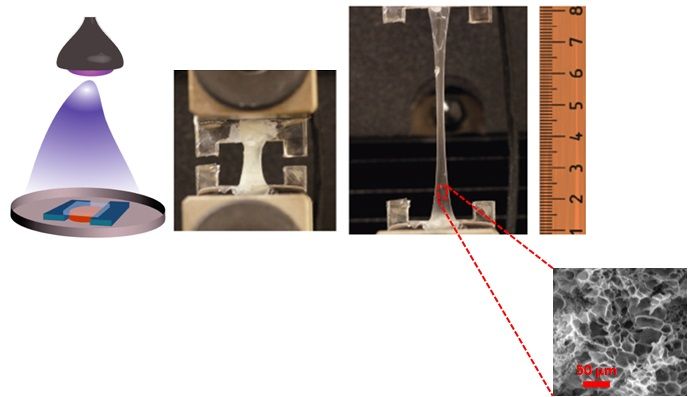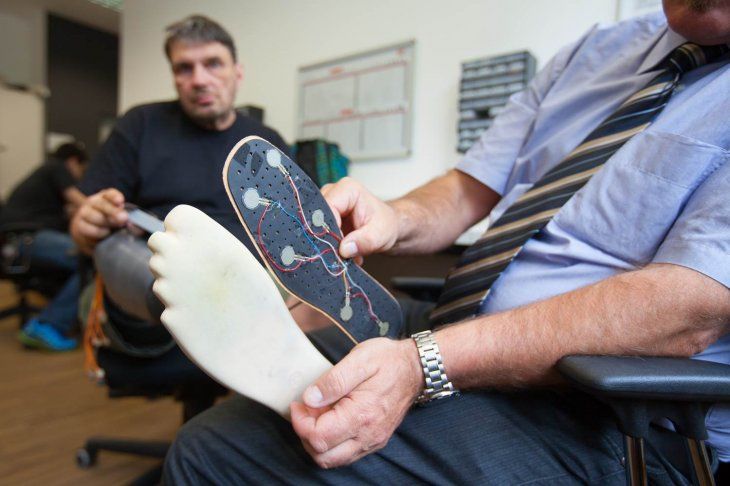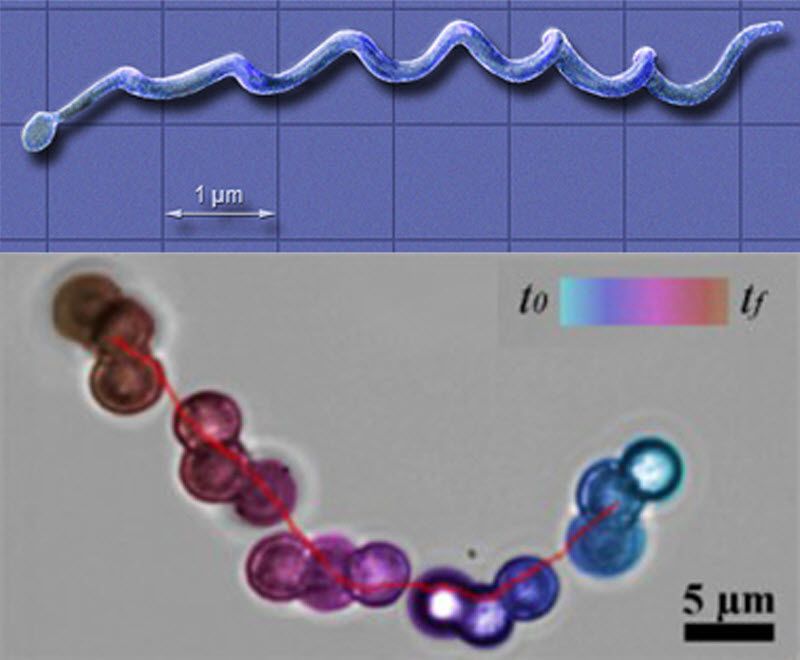Archive for the ‘biotech/medical’ category: Page 2734
Jul 15, 2015
One day soon, amputees will be able to control their prosthetic limbs with their minds.
Posted by Albert Sanchez in categories: biotech/medical, cyborgs
One day soon, amputees will be able to control their prosthetic limbs with their minds. http://voc.tv/1cRrjAQ.
Jul 13, 2015
Interconnected Rat Brains Create Organic Computer
Posted by Philip Raymond in categories: bioengineering, bionic, biotech/medical, computing, neuroscience
Scientists have been experimenting with brain-to-brain interfaces for years. Miguel Nicolelis, a neurobiologist at Duke University Medical Center, has created a “Brainet” or a network of interconnected brains with four rats. With electrodes implanted directly in the cortex rodents exchange information to create an organic computing device. Collectively, they were able to solve computational problems including image processing, storing and recalling information and even predicting precipitation.
Read the full story by Mona Lalwani at Engadget
Jul 12, 2015
What’s Involved In World’s First Head Transplant?
Posted by Shailesh Prasad in category: biotech/medical
A patient’s set to undergo the world’s first head transplant. Here’s what’s involved. Read more: http://bit.ly/1FYP4Ep.
Jul 10, 2015
How Microsoft will radically transform the medical industry
Posted by Shailesh Prasad in category: biotech/medical
Jul 9, 2015
Google Ventures and the Search for Immortality
Posted by Simon Waslander in categories: biotech/medical, life extension
Google Ventures and the Search for Immortality
Bill Maris has $425 million to invest this year, and the freedom to invest it however he wants. He’s looking for companies that will slow aging, reverse disease, and extend life.
Jul 6, 2015
Construction Project of the Day: Dubai is 3D-Printing an Entire Building
Posted by Sean Brazell in categories: 3D printing, biotech/medical, futurism
We’ve seen 3D-printed cars and even 3D-printed body organs, but now the city of Dubai plans to use the technology to create an entire office building. Because they are always trying to one-up themselves. Dubai is known around the world for its over-the-top architecture, extreme stunts and attention-grabbing New Year’s Eve light shows.
Jul 2, 2015
Bioengineers develop highly elastic biomaterial for better wound healing
Posted by Bryan Gatton in categories: bioengineering, biotech/medical
A team of bioengineers at Brigham and Women’s Hospital (BWH), led by Ali Khademhosseini, PhD, and Nasim Annabi, PhD, of the Biomedical Engineering Division, has developed a new protein-based gel that, when exposed to light, mimics many of the properties of elastic tissue, such as skin and blood vessels. …
Jul 2, 2015
World’s first ‘feeling’ prosthetic leg revealed
Posted by Albert Sanchez in categories: biotech/medical, cyborgs
Jun 30, 2015
‘Microswimmer’ robots to drill through blocked arteries within four years
Posted by Sean Brazell in categories: biotech/medical, futurism, robotics/AI
Drexel’s microswimmer robots (bottom) are modeled, in form and motion, after spiral-shaped Borrelia burgdorferi bacteria (top), which cause Lyme Disease (credit: Drexel University)















